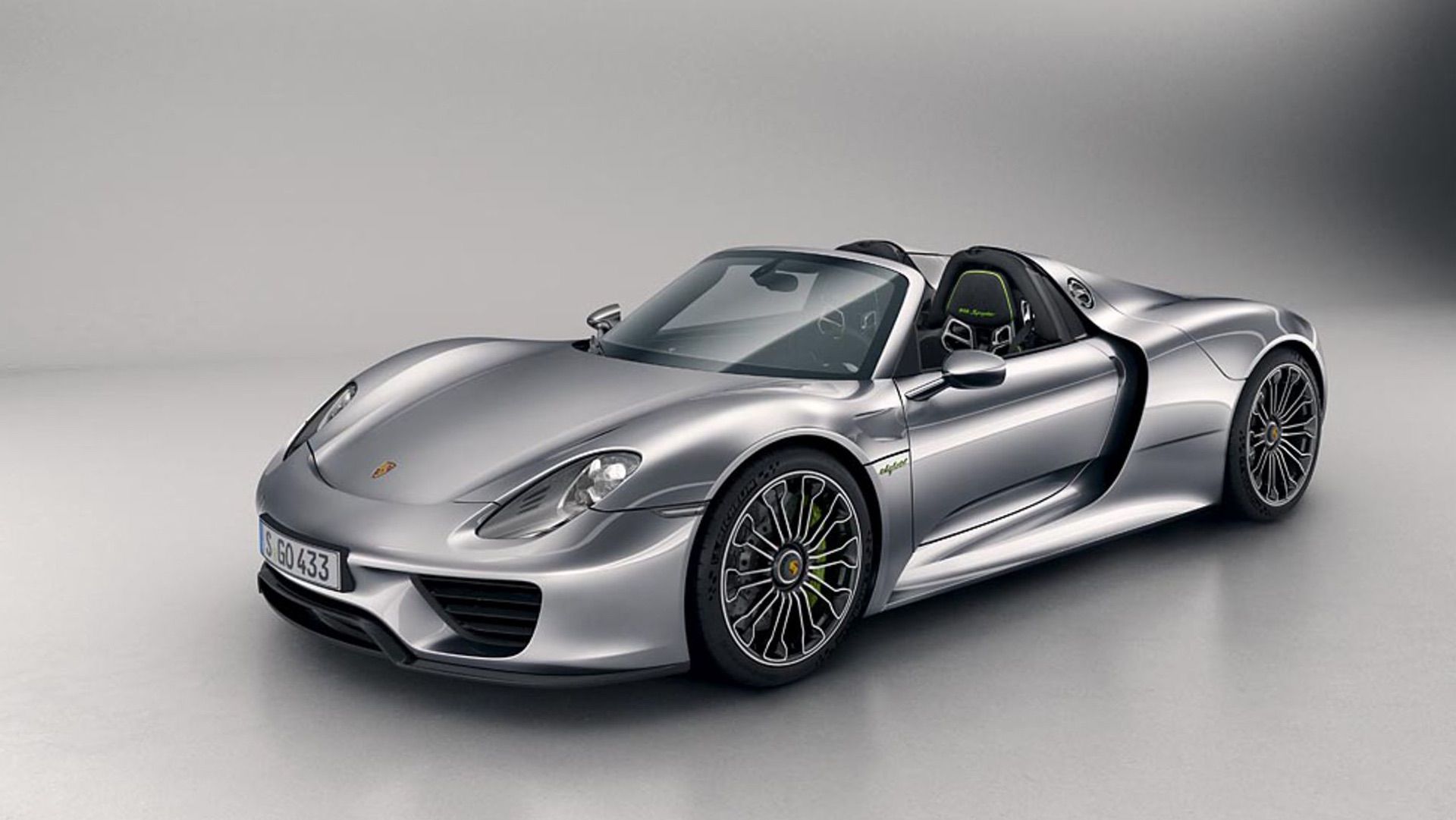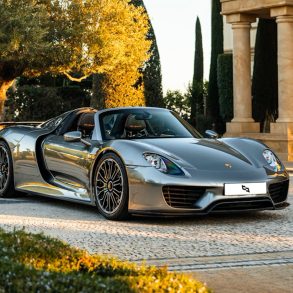As we approach the 10 year mark since the Porsche 918 Spyder arrived onto the roads of the world, we thought that it would be appropriate to look back not at how the car was conceived and designed, but how two completely different race cars from Stuttgart heavily influenced that final car that arrived in 2013.
While Porsche has used race car technology in previous years to create a supercar with the Carrera GT, it was with the 918 that they moved to the next rung up on the ladder, and produced a hypercar. In fact, it was such a revolution in technology and speed that it is now considered one pillar of the “Holy Trinity of Hypercars.”
Those two race cars are the Porsche RS Spyder LMP2, designed to race in the secondary tier of the American Le Mans Series, and the Porsche 919 LMP1h, Stuttgart’s entry into the performance hybrid era of endurance racing in the World Endurance Championship.
One gave the 918 its V8 engine, and the other was designed side by side with the team that was responsible for the hybrid powertrain of the Spyder so that research and design could be passed back and forth between the two teams.
The Porsche RS Spyder LMP2
Known as the Type 9R6, the 2005 Porsche RS Spyder LMP2 was the first step that Stuttgart took to build up towards a return to the World Endurance Championship. Designed completely in house with assistance from Penske Racing, the car sported a rigid carbon fiber monocoque, to which the engine and transmission were attached as stressed members of the chassis.
The V8 Engine that Powers the 918 Spyder
That engine was a very special unit as well, being both the first racing V8 to come from the German company in the 21st century, and the first racing V8 it had made in nearly a decade and a half.
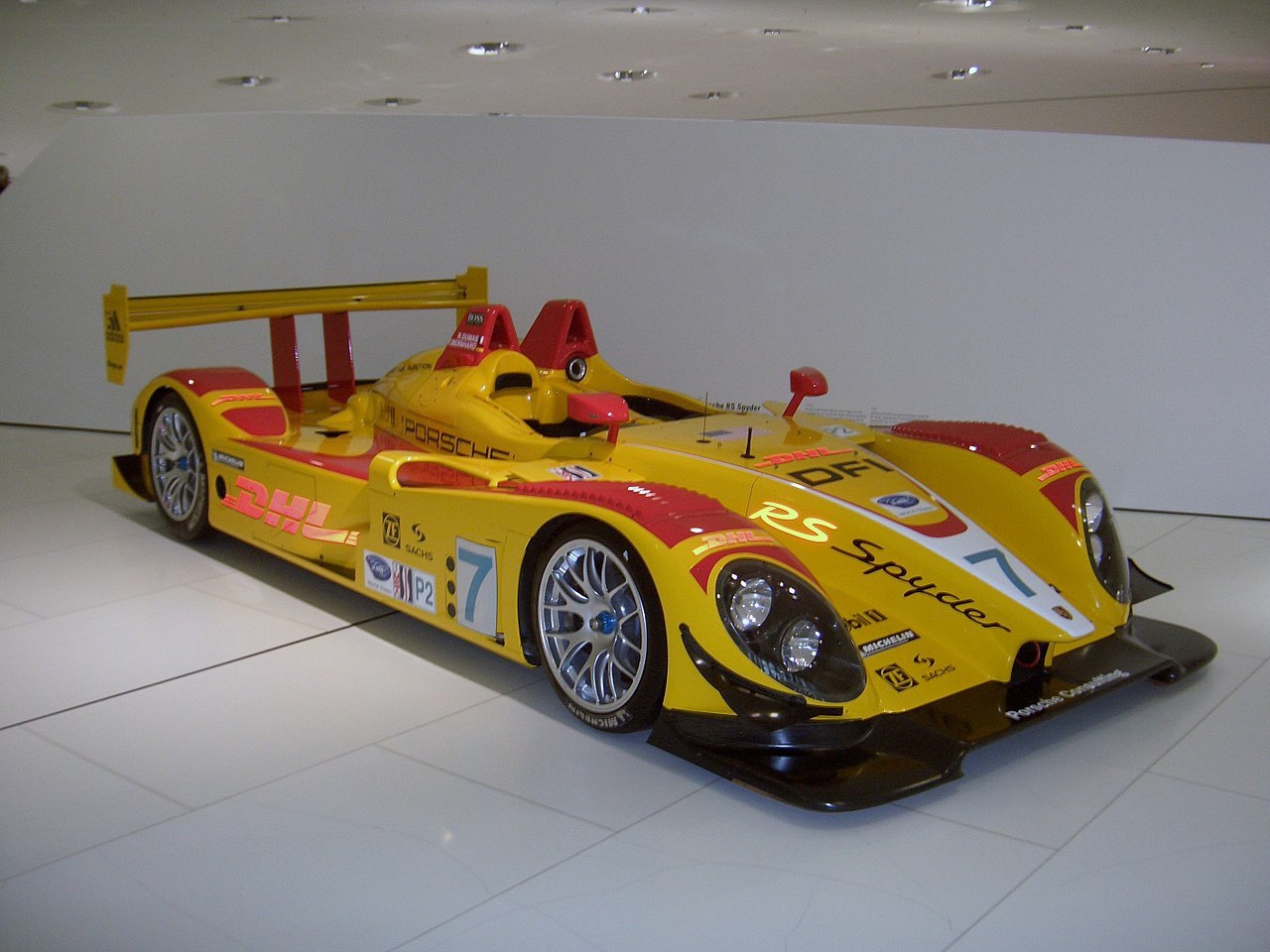
A 3.4L 90-degree V8, the engine was completely designed from scratch. No parts of any of the road-going V8s from the Cayenne were used, and it was meant strictly and only for the RS Spyder. Producing a nominal 480 HP, it provided more than enough thrust for the RS Spyder LMP2 to be entered into the final round of the 2005 American Le Mans Series, the primary series the car had been designed for, at Laguna Seca.
The sole RS Spyder that was entered placed first in the LMP2 class and fifth overall on debut. The engine was developed and upgraded from 2006 to 2009, each year gaining more and more power—until during the final year, it was producing nearly 510 HP, so much that the car had to run with an air restrictor plate to limit it to “just” 440 HP.
It was around this time that the 918 hypercar project was being launched, with the first design version shown in 2010 with the 918 Concept. The car was imagined as being powered by a high-revving, powerful V8 producing over 500 HP, assisted by two electric motors, one per axle, providing over 200 HP or more combined.
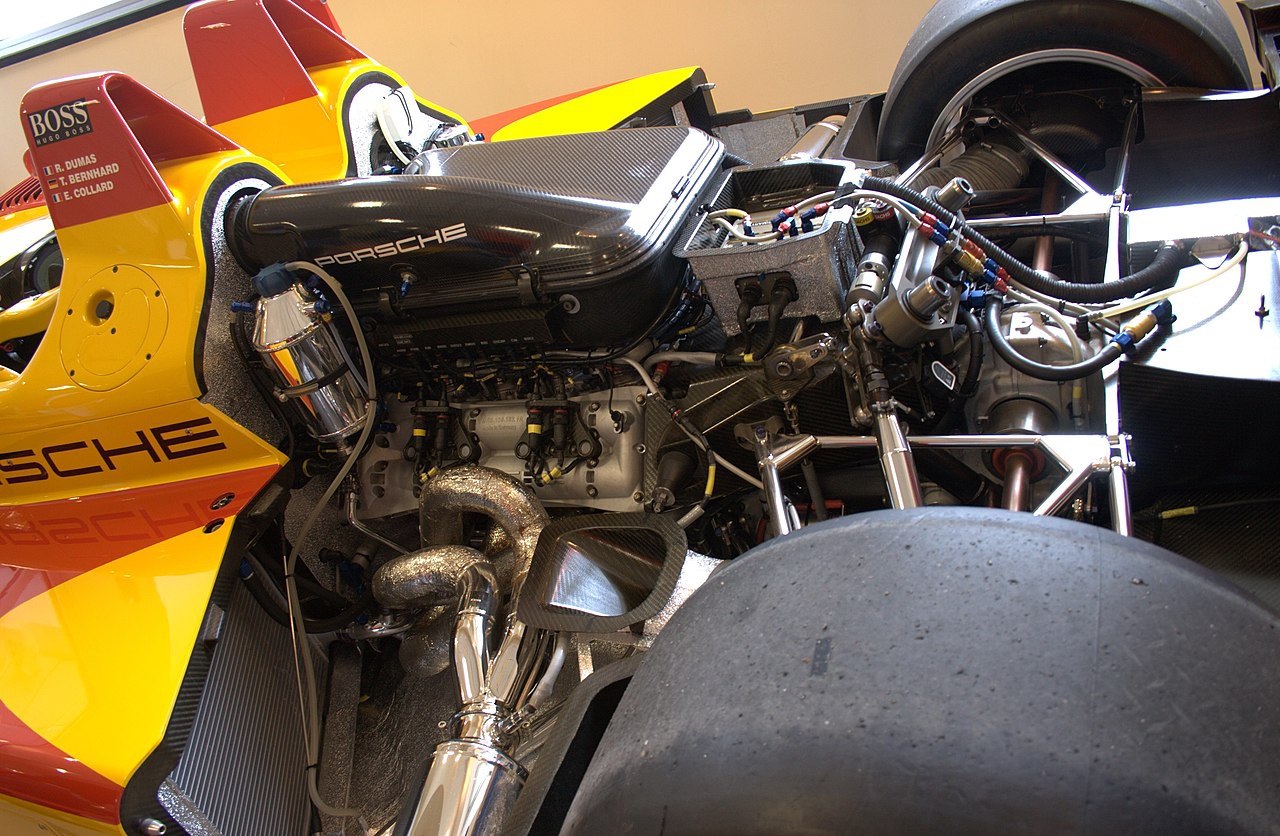
Porsche was tapping their chin thinking about how they would go about designing a reliable, high revving V8 for about half a day before someone, somewhere, mentioned that the recently decommissioned RS Spyder race car had a reliable, high revving V8 that produced over 500 HP when not restricted.
Performance Tweaks
The only real issue was that the engine, at 3.4L, was designed to use high-octane race fuel to extract the most power from the direct-injection air/fuel mixture. One of things that they also wanted to do, being German of course, was to keep the awesome sound of the RS Spyder engine for the hypercar.
This was rather quickly solved by increasing the engine’s dimensions to 4.6L, while keeping pretty much every other design aspect the same, just scaled up, with one crucial exception. That exception was that the porting was reversed, so that the air scooped in from the sides would go directly into the engine, and the exhaust ports were on top of the engine to facilitate the top-mount exhaust.
As the engine had originally been designed as a stressed member of a race car, it was implemented as a stressed member of the hypercar. A totally new 7-speed PDK transaxle, based partially on the 6-speed from the RS Spyder, was developed as well, itself also a stressed member of the chassis and supporting the rear suspension of the hypercar.
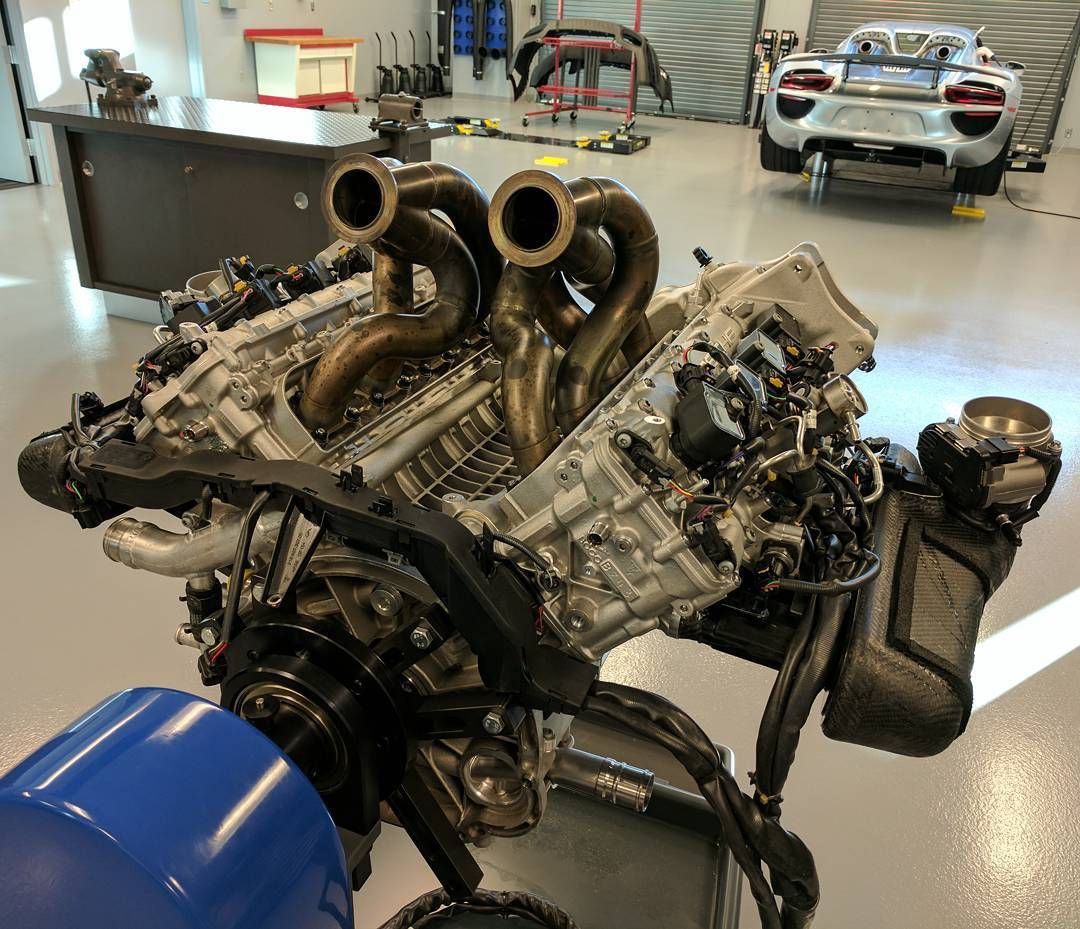
The only real modifications made for the engine, apart from scaling it up and reversing the intake/exhaust ports, was to make it work with 91 octane or better regular pump fuel. This necessitated different spark plugs, different injectors, and a new fuel rail.
The top mount exhausts helped disperse heat as well, through natural convection of the super-hot exhaust gasses, and sometimes at full throttle flames shooting from the exhaust ports, pulling “cold” air up from the engine bay through the grill that lay between the exhaust ports.
The Porsche 919 LMP1h
It was in May 2011 that Porsche decided to enter into the FIA World Endurance Championship after the new, upcoming hybrid regulations were released. Work began in earnest in early 2012, with Porsche announcing that they would have cars ready to enter in 2014, and set up the racing team in Weissach. Coincidentally, the 918 Spyder hypercar team was also located in Weissach.
Performance Hybrid Power
By 2012, the Spyder team had the engine mostly sorted, and were deep into development of the performance hybrid system. A ton of research had been completed regarding the battery that would be used, as attempts at first had used a variation of the Panamera S Hybrid’s nickel-metal hydride (NiMH) battery, although it did not meet the expectations of performance that the team was aiming for.
With the NiMH battery, the accelerator pedal needed to be 80% depressed before the hybrid boost engaged, and the goal was to have 100% power and torque available the instant the owner of a 918 Spyder so much as glanced at the accelerator.
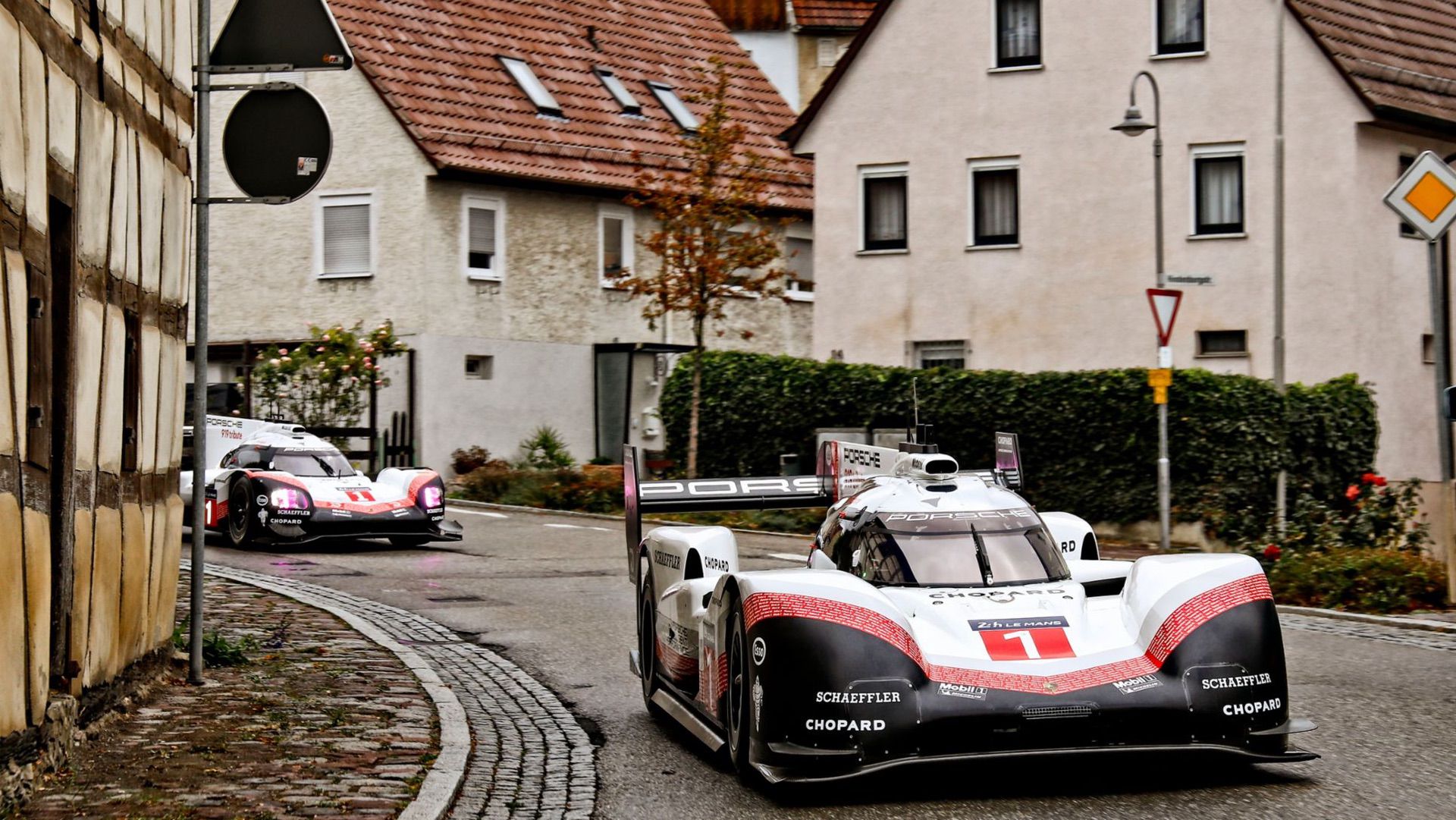
This is where the two different hybrid teams collaborated, as the 919 LMP1h needed to have full deployment available at any engine or wheel speed, either through smart deployment from the car’s onboard computer, or via manual deployment with the “boost” button on the steering wheel.
Together, they found that Lithium-Ion batteries could provide all of their power at any point, and it was quickly decided by both teams that a liquid-cooled battery pack was the only way to keep the battery pack stable through deployment/recharge cycles. This battery pack was tested first in the prototype for the second generation Panamera S E-Hybrid, and once proven effective, was fitted to the 918 Spyder Prototype near the end of 2012 and through the first half of 2013.
Placing the Electric Motors
Where the two teams differentiated was in their deployment strategy, as the race car needed to have its electric motor on the front axle able to provide its 400 HP boost instantly on corner exits. The 918 Spyder, however, uses two electric motors, one in the transaxle transmission at the rear, and an independent one attached to the front axle, and needed to balance which motor it sent the most power to.
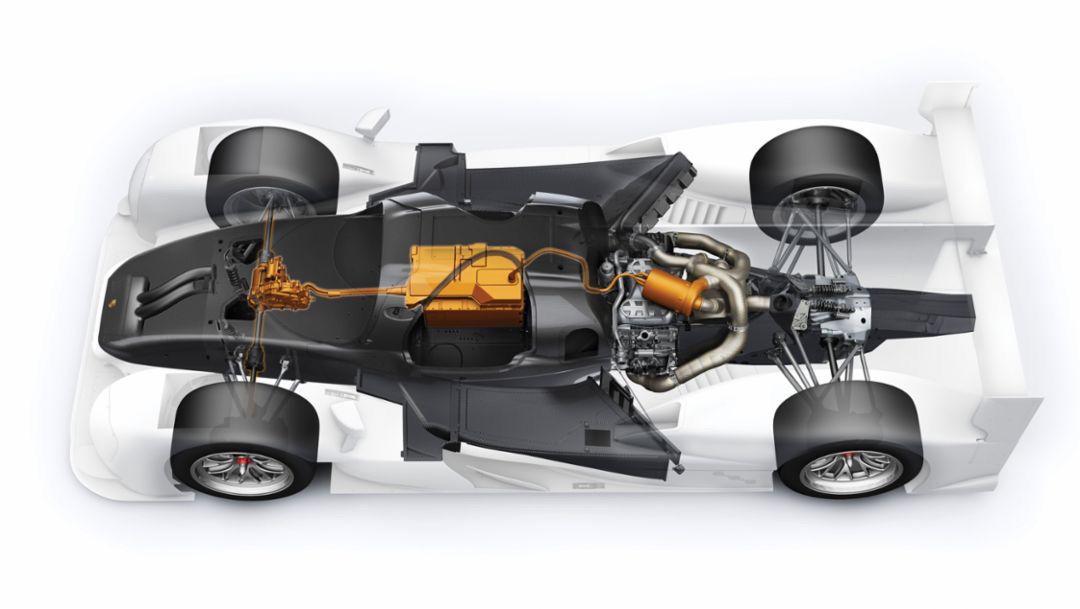
The motor units used are also very similar for the front axle, albeit that the 919’s motor is about twice the size and three times the power of the one in the 918. Both are sealed brushless DC systems, with a large right of tightly wrapped copper wires around a central spindle that is made of highly magnetic material. When deployment is needed, the coil is electrically charged, causing an electromagnetic field to form that causes the spindle to rotate with enough force to move a car.
Both cars also capture and recharge using kinetic energy, as the electric motors, when not in deployment, are free spinning, with the magnetic spindle sending a charge back through the ring coil to the battery. This is much the same way that an alternator or stator coil works on a car or motorcycle, using electromagnetic force to create a charge.
In most cars, that charge is used to fire the spark plugs and top off the battery, except that in the 918 and 919, there are no belts driving the spindle inside the coil, as the natural rotation of the wheels is all that is used. This energy is also recovered during braking, using the stator itself to charge the coil in opposite polarity, which sends the charge back to the battery.
The major difference between the two cars is that the 919 only has one motor at the front axle to serve both as the motor and generator for the car. The 918 Spyder, on the other hand, has the two separate motors, with the rear transaxle motor acting as the generator while the front motor is disconnected via an electric clutch system.
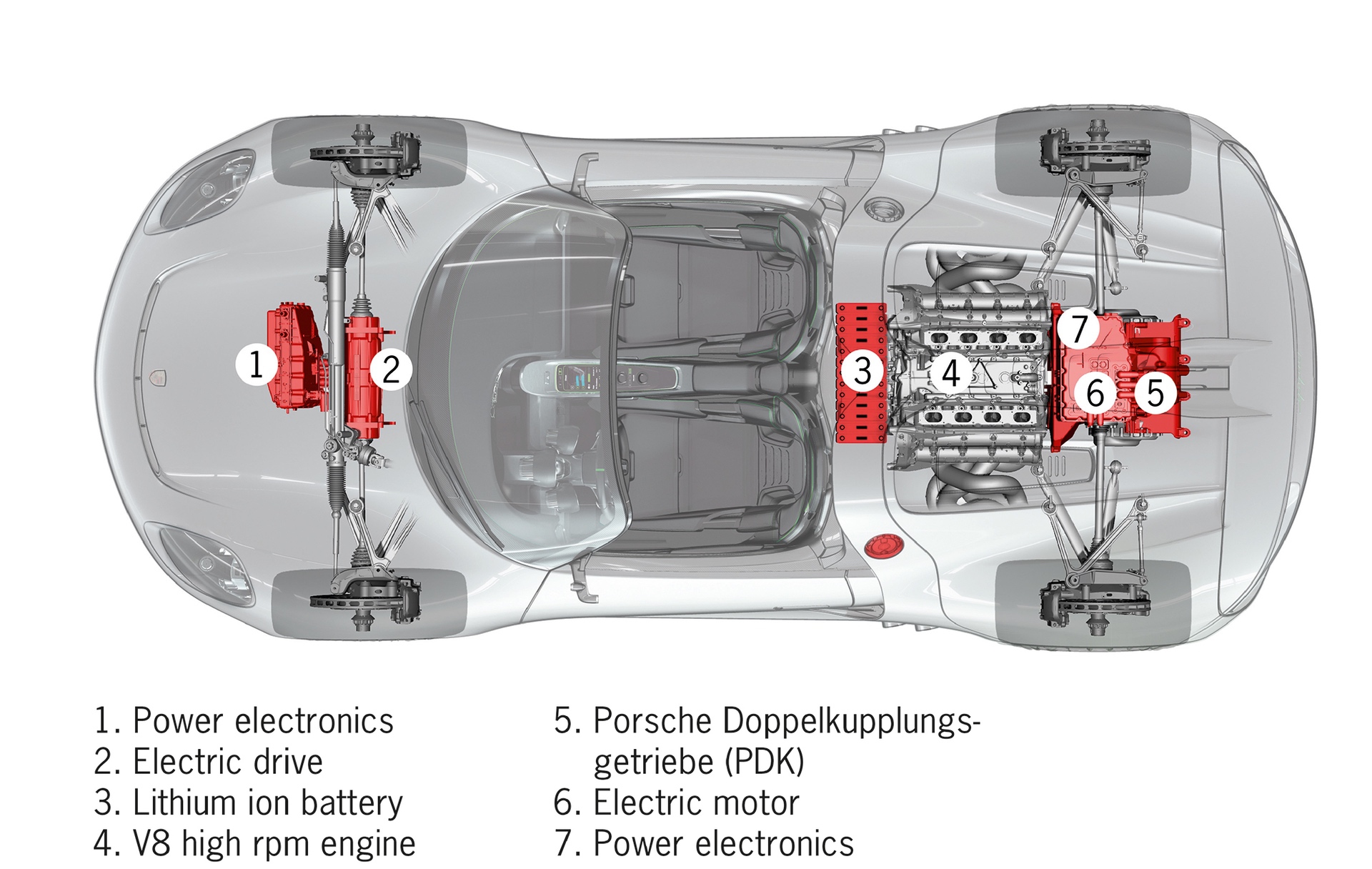
While that is a gross oversimplification of the astounding amounts of electromagnetic physics that happens inside a motor housing, the end result is that the battery packs, through their discharge/recharge cycles, can realistically sustain a performance hybrid role as long as there is fuel to run the internal combustion engine.
Despite the differences, both cars produce nearly the same total HP as well, with the single turbo V4 engine and single DC motor of the 919 producing a combined (nominal, in race map settings) 900 HP, while the 919 Spyder produces a combined 875 HP from from its naturally aspirated V8 and dual DC motors.
The Legacy of Two Race Cars in One of the Greatest Cars of the 2010s
From the original concept in 2009, to the public unveiling of the concept car in 2010, and through the development of an engine that was a photocopy set to 140% zoom of one from a successful race car, to the working hand in hand with the team that created one of the most powerful and dominant LMP1h race cars, the 918 Spyder definitely had an interesting and storied journey before it reached customers’ hands.
After all of the late nights, long meetings, and hurdles to overcome, the 918 team had a production car demonstrator ready by August of 2013, and that exactly car, after going through shakedown tests and production reliability testing, was displayed at the IAA Frankfurt Motor Show in September of that same year.
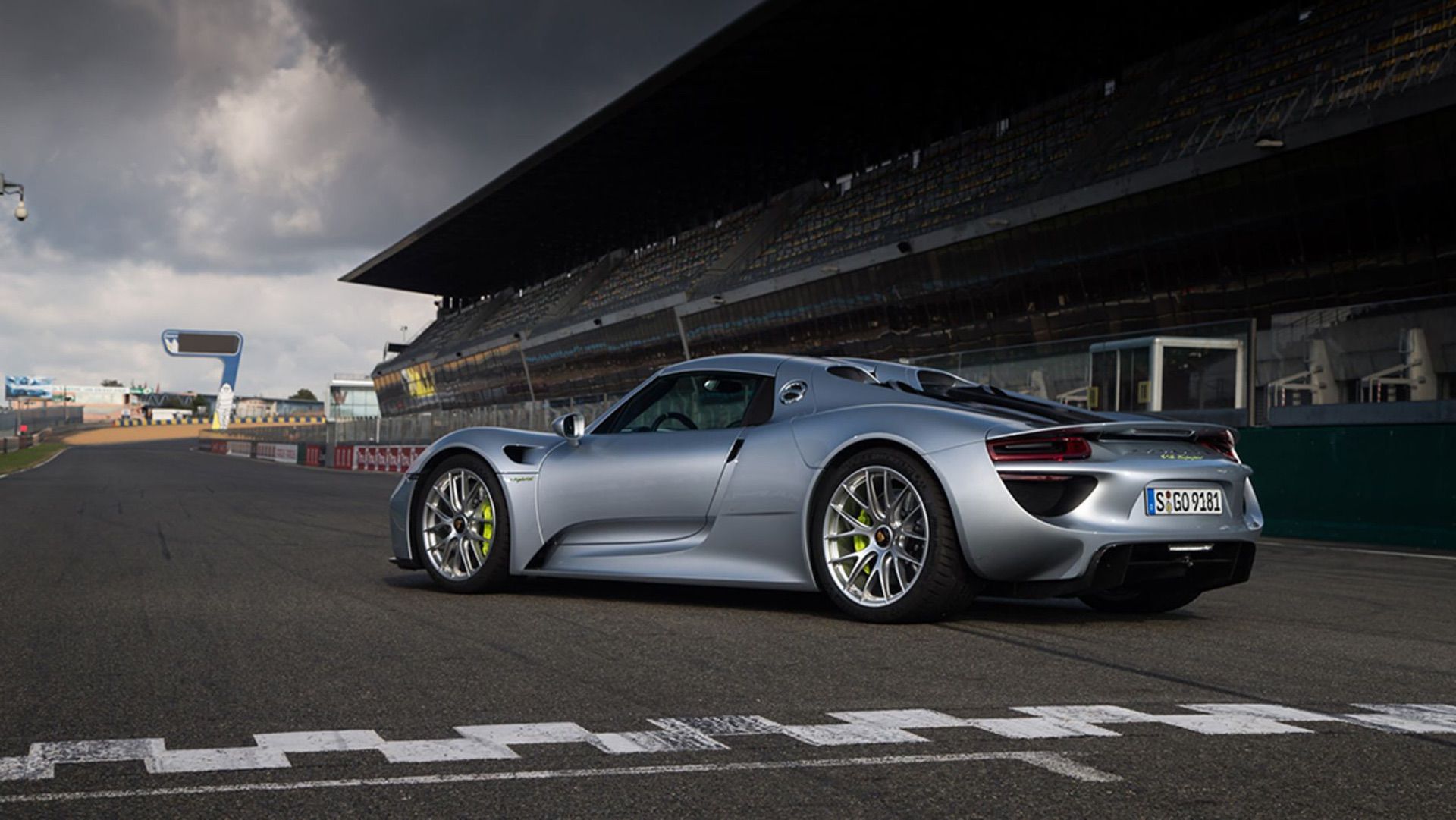
A Surprising Deal for Porsche Lovers
What surprised most people about the car was that the very wealthy were expecting prices closer to a Bugatti Chiron at over $2 million, but Porsche set the MSRP at $845,000 or just about $1 million in 2022 dollars. For a car that would go on to solidly implant the word “Hypercar” into the motoring lexicon, along with its competitors in the McLaren P1 and the Ferrari LaFerrari, $845,000 was the bargain of the century.
This is reinforced by the fact that both the McLaren and the Ferrari had only one performance hybrid motor, and both of them deployed it to the rear axle. The Porsche was the only one to use two motors, thanks to the side-by-side work with the 919 LMP1h team, and was also the only one that could decouple one of those motors entirely, making it a variable AWD/RWD car, depending on the driving mode and the performance demanded by the driver.
It is in that sense that the 918 Spyder is the true hypercar that is the enduring legacy of two vastly different race cars. The engine revs to over 9,000 RPM, yet is reliable, stable, and can do that day in and day out from 4 years of its blueprint engine being built entirely and only for endurance racing.
The hybrid drive system intelligently boosts performance when most needed, on corner exit and moving off from a stop, the exact same places and times that the front motor and mid-mount engine of the LMP1h car also deploys the most power.
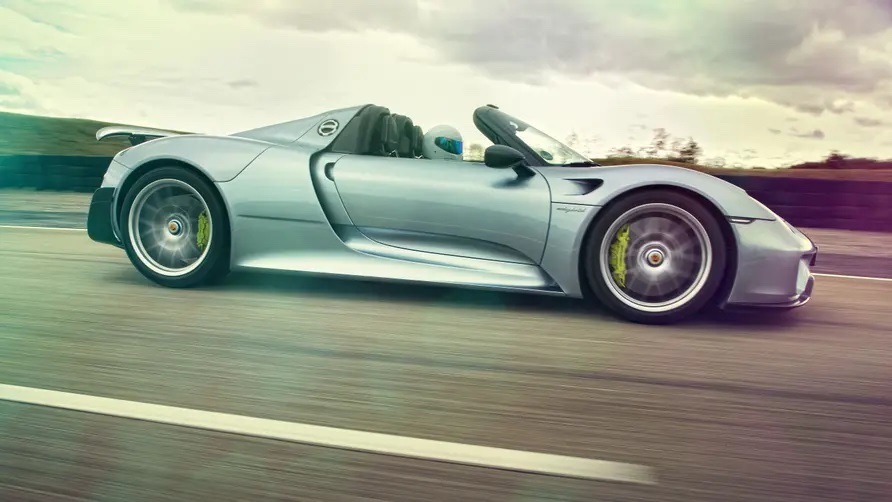
A Lasting Legacy of Excellence
As such, as the 918 Spyder turns 10 years old in 2023, it is because of the two race cars that influenced its design that many of the 918 cars built are still running without any issues today. While spotting one out on the road is indeed a rarity, we can all take solace in the fact that with proper maintenance, and maybe a battery pack replacement or two, many of those 918 units will still be driving when we celebrate its 20th anniversary in 2033.


